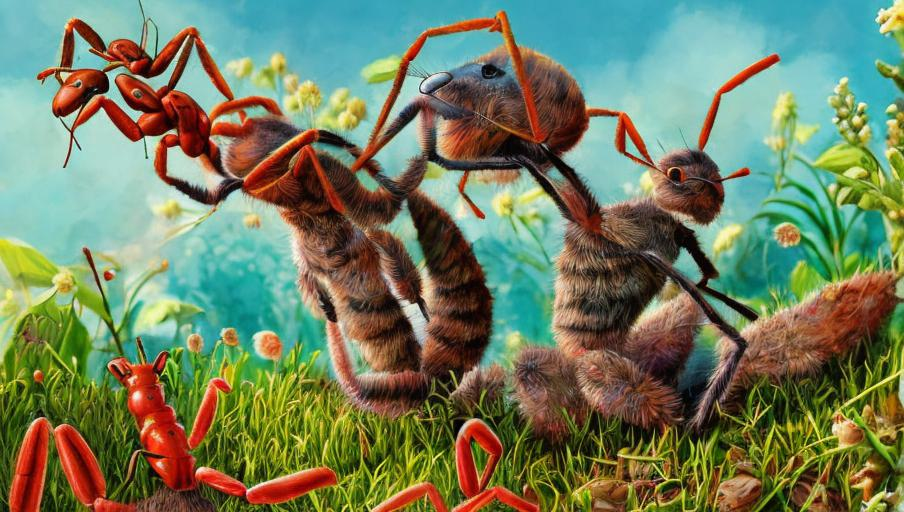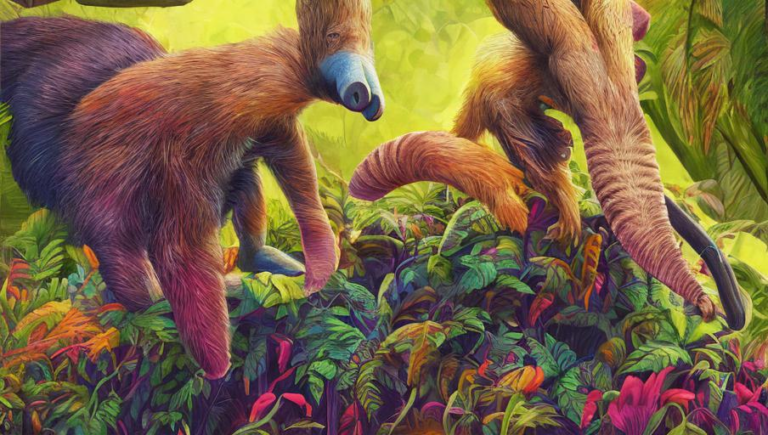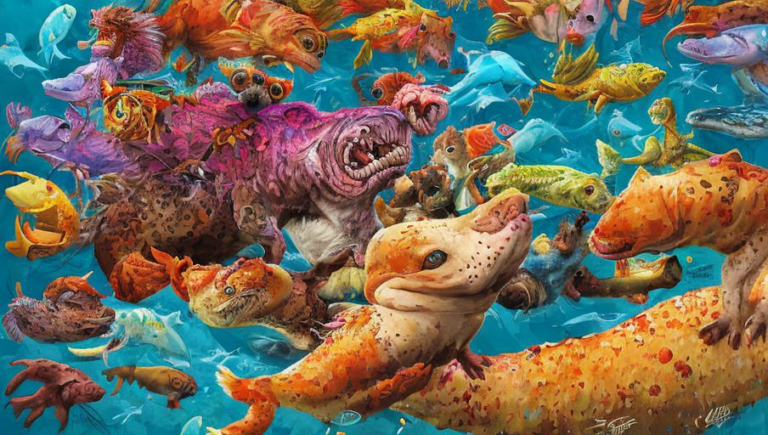On the Move: The Life of the Ant

Introduction
The ant is an amazing creature. It is one of the most successful animals on the planet, inhabiting nearly every corner of the world and playing a key role in the delicate balance of nature. From the deserts of Africa to the tropical rainforests of the Amazon, ants have adapted to almost every environment, and are an essential part of the food chain. This article will explore the fascinating life of the ant, from its unique anatomy to its complex social behavior.
Anatomy and Metabolism
Ants come in many shapes and sizes, and each species has evolved to fit their specific environment. Some ants are tiny, while others are quite large. The average ant is between 5 and 25 millimeters long and is usually black or red in color. Most ants have a three-segmented body, including a head, thorax, and abdomen. Ants also have antennae and two compound eyes, which help them sense their environment and communicate with one another. Most ants feed on small insects, fruits, and other plant matter. They also store food in special chambers to bring back to their nests.
Behavior and Social Structure
Ants live in colonies that are organized into a complex social structure. There are three main types of ants in a colony: the queen, the workers, and the males. The queen is the mother of the colony and is responsible for laying eggs. The workers are sterile females who are responsible for collecting food, caring for the young, and building the nest. The males are responsible for mating with the queen. Ants have an impressive level of communication and use a variety of signals to communicate with one another. For instance, ants may release pheromones to alert other ants to food, or to warn of danger.
Predators and Prey
Ants are both predators and prey. They feed on small insects, as well as other animals such as spiders, worms, and snails. They also feed on fruits and other plant matter. Ants are also preyed upon by a variety of animals, including birds, lizards, and other insects. To protect themselves, ants use a variety of behaviors, such as forming colonies and constructing nests. They also produce a variety of chemicals that can repel predators.
Unique Adaptations
Ants have evolved a variety of unique adaptations that help them survive in their environment. For instance, some species of ants can survive in dry, arid environments by forming living nests underground. They can also survive in freezing temperatures by forming clusters and using their bodies to produce heat. In addition, some species of ants can survive in water for prolonged periods of time by forming air bubbles around their bodies.
Conclusion
The ant is an incredible species that has adapted to nearly every environment on the planet. Their complex social behavior and unique adaptations make them one of the most successful animals in the world. From the deserts of Africa to the tropical rainforests of the Amazon, ants can be found everywhere, and they play an essential role in the delicate balance of nature. The next time you see an ant, take a moment to appreciate the fascinating life of this amazing creature.





